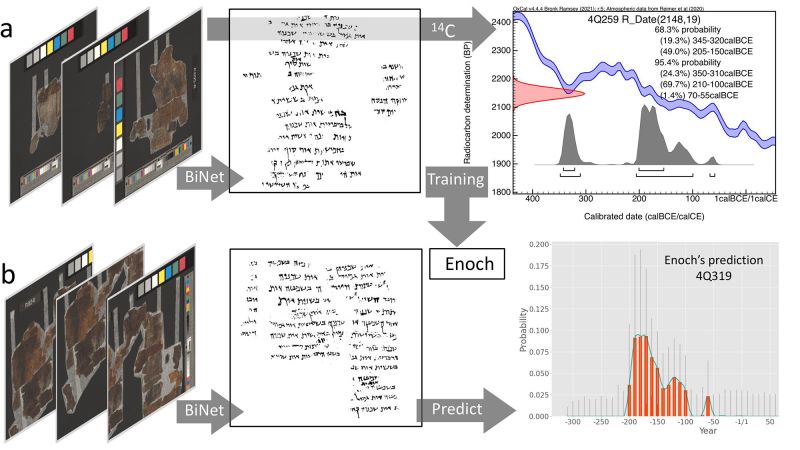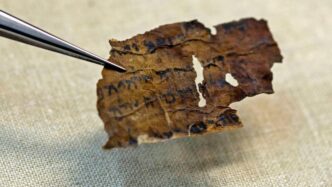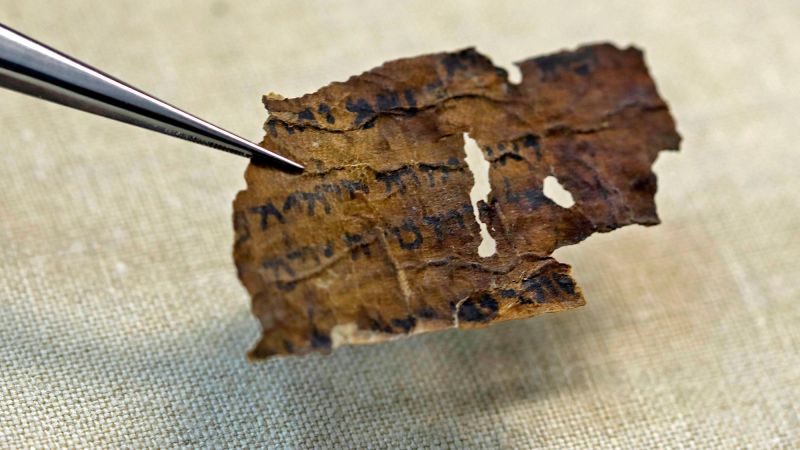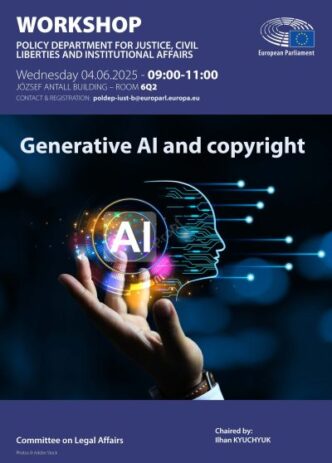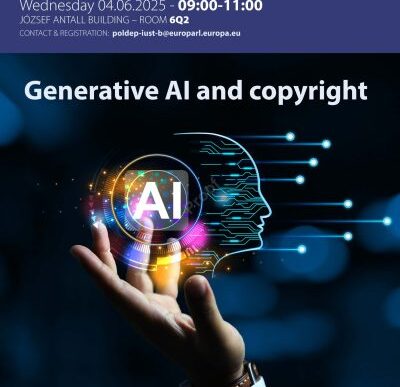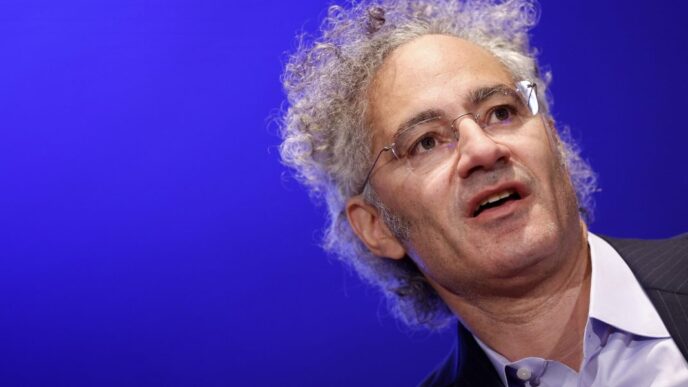New AI-Powered Analysis Pushes Dead Sea Scrolls’ Age Back 100 Years
A new study using AI combined with updated radiocarbon dating reveals some Dead Sea Scrolls may be 2,300 years old—up to a century older than previously thought.
The research, led by Mladen Popović from the University of Groningen, applied modern radiocarbon techniques to 30 scroll manuscripts and found most predate earlier estimates. The team then trained an AI, named Enoch, on high-res images of these dated fragments. Enoch predicted ages correctly 85% of the time, sometimes even more precisely than carbon dating.
“The Dead Sea Scrolls were extremely important when they were discovered, because they completely changed the way we think about ancient Judaism and early Christianity," Popović said.
“Out of around 1,000 manuscripts, a bit more than 200 are what we call biblical Old Testament, and they are the oldest copies we have of the Hebrew Bible.”
“That’s really exciting because it opens up new possibilities to think about how these texts were written and how they moved to other users and readers — outside of their original authors and their social circles.”
The Dead Sea Scrolls were first found by Bedouin shepherds in 1947 near the Dead Sea. Prior carbon dating from the 1990s had placed the scrolls between the 3rd century BCE and 2nd century CE. This new combo of AI and advanced carbon analysis now dates some scrolls back to the late 4th century BCE.
Popović says AI dating could replace carbon dating. Carbon 14 testing is destructive, requiring physical samples. Enoch just needs high-res images. The AI analyzed 135 undated scrolls and produced realistic age ranges for 79% of them.
One example: A manuscript with verses from the Book of Ecclesiastes was dated paleographically around 175-125 BCE. Enoch places it at 300-240 BCE. Another scroll with text from the Book of Daniel shifts securely back to the author’s lifetime, not a generation later as previously thought.
“Carbon 14 is destructive,” Popović said. “With Enoch, you don’t have to do any of this. This a first step. There are all sorts of possibilities to improve Enoch further.”
Scholars outside the team are cautiously optimistic. Charlotte Hempel of University of Birmingham added:
“The pronounced pattern seems to be that AI offers a narrower window within the Carbon 14 window,” she said. “I wonder whether this suggests a higher level of precision, which would be extremely exciting.”
Computer scientist Brent Seales of University of Kentucky noted AI’s promise but warned against overreliance:
“(AI) is a useful tool to incorporate into the broader picture, and to make estimates in the absence of Carbon-14 based on the witness of other similar fragments,” he said.
“Like everything with machine learning, and like a fine wine, it should get better over time and with more samples.”
The study, published in PLOS One, could reshape timelines on biblical manuscripts and open new doors for dating other ancient scripts like Syriac, Arabic, Greek, and Latin.
